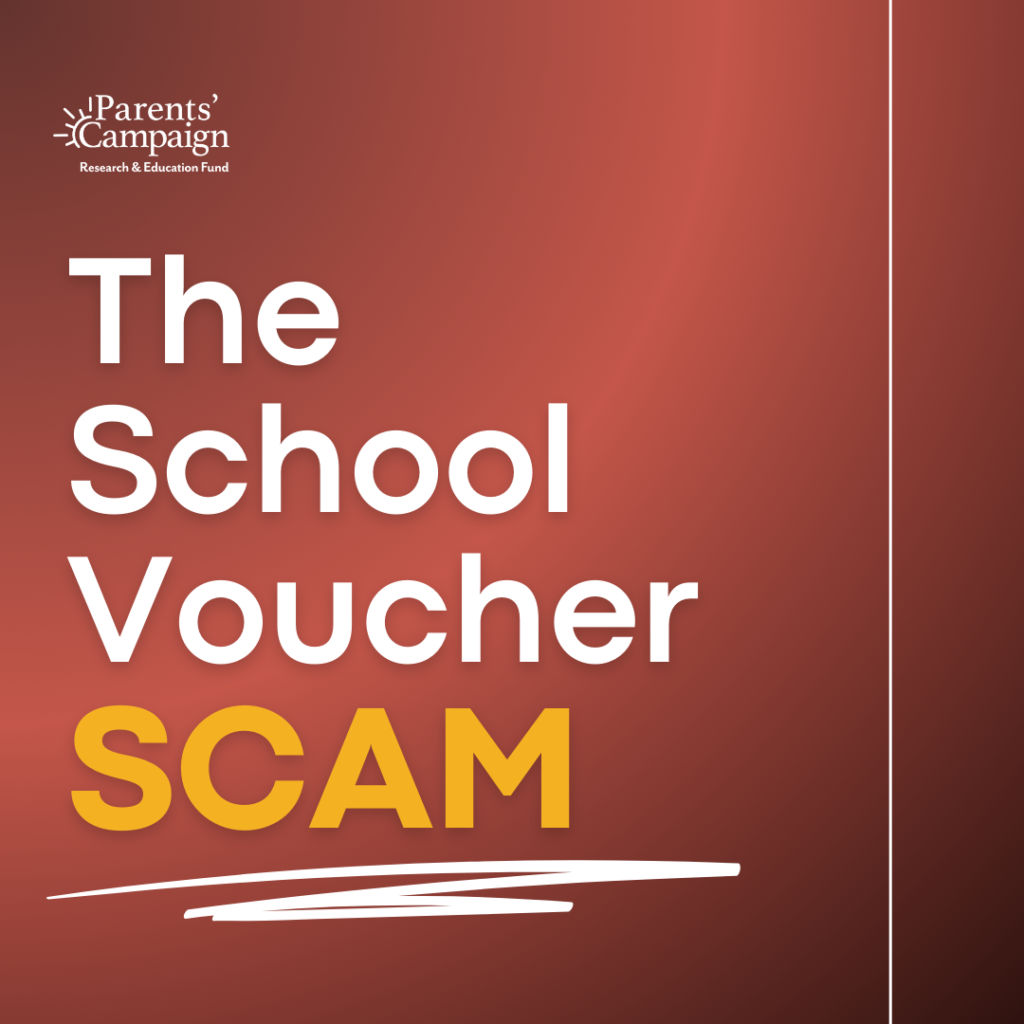A charter school is a school that is funded with public tax dollars and run by a private entity. Charter schools are usually freed from many of the regulations governing traditional public schools. The original intent of charter schools was to provide them freedom to operate, in order to encourage innovation, while holding the charters to a higher standard. The idea was to use charter schools as “educational laboratories” in which to develop or identify improved methods of teaching that could be used in all public schools. In exchange for increased freedom, charter schools were to be held to a higher standard and closed if they performed poorly.
A 2011 study conducted by the Center for Education Reform, a pro-charter advocacy group, found that, in almost two decades, only 3% of charter schools had been closed due to poor performance. The report attributed the low rate of academic-based closures to inadequate data collection. Closure rates vary greatly by state, with some state statutes requiring that low-performing charter schools be closed. The report found that 75% of charter school closures occurred in just eight states.
Charter schools may limit the grades and the number of students that they serve. Many states require that, when student enrollment applications exceed available slots, charter schools use random lotteries to determine acceptance. According to the National Alliance for Public Charter Schools, some states, such as Colorado, Indiana, and Wisconsin, do not require a lottery, allowing charter schools to select the students they serve or to admit students on a first come, first served basis. Other states, such as Louisiana, require a lottery in the case of over-enrollment but allow charter schools that have a specific mission to create admission requirements (i.e., auditions or a certain level of academic achievement).


